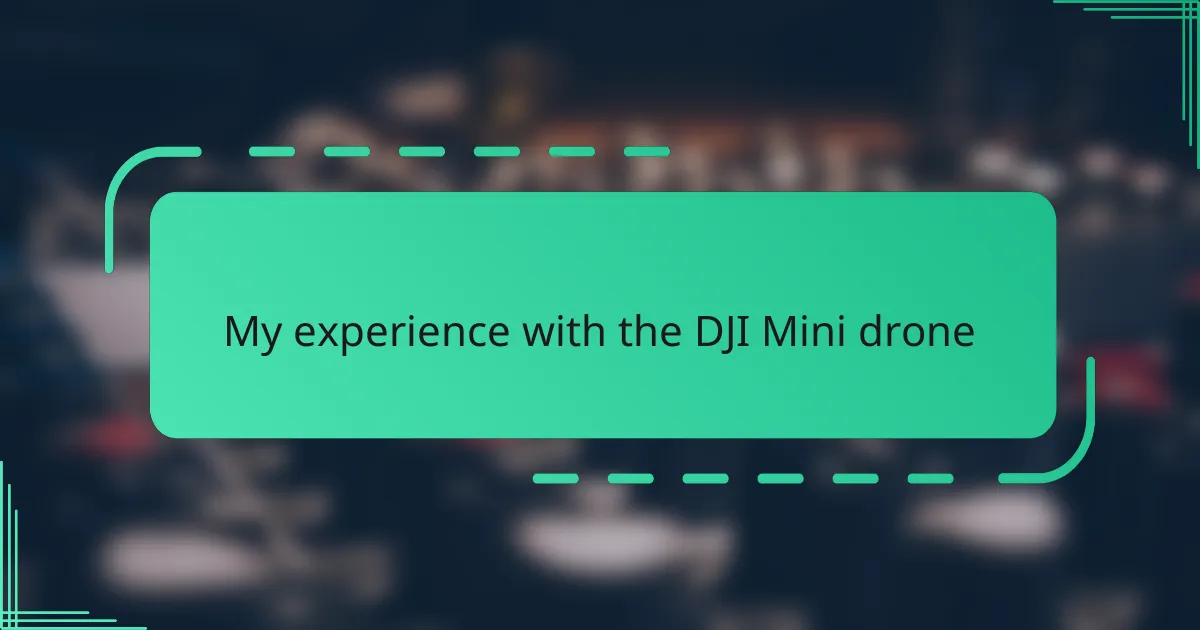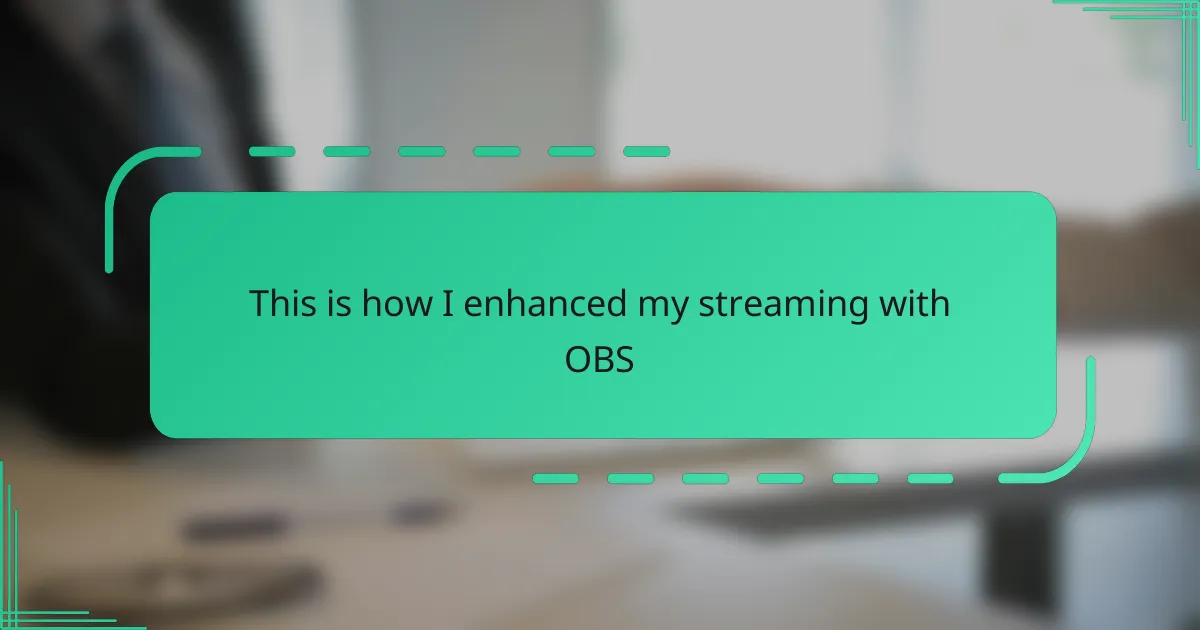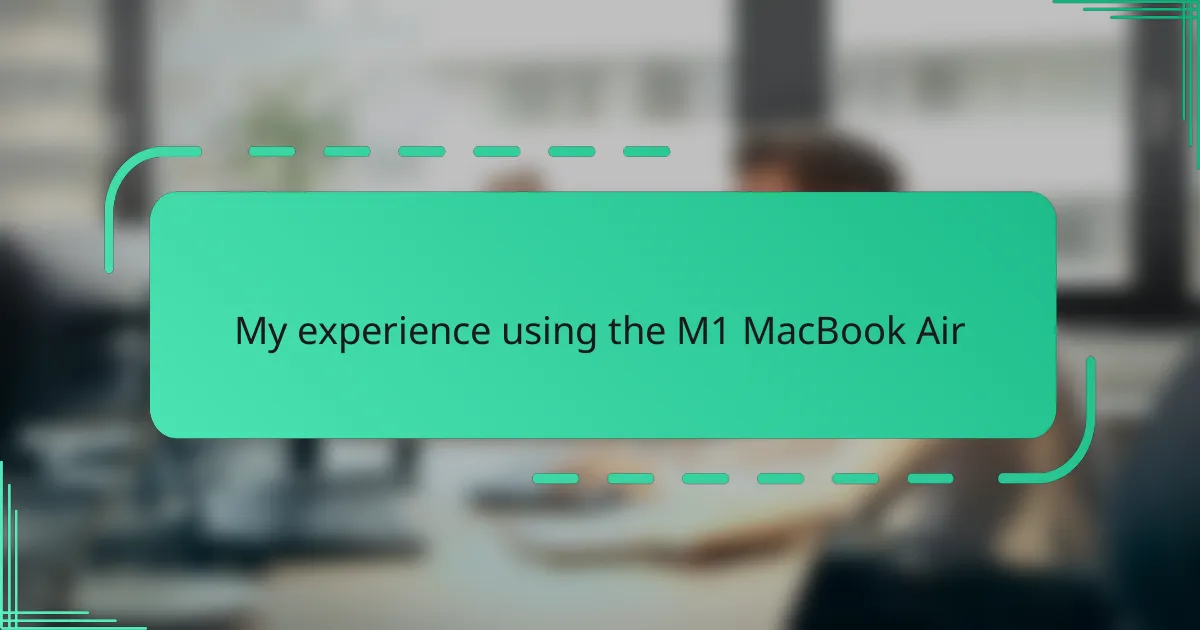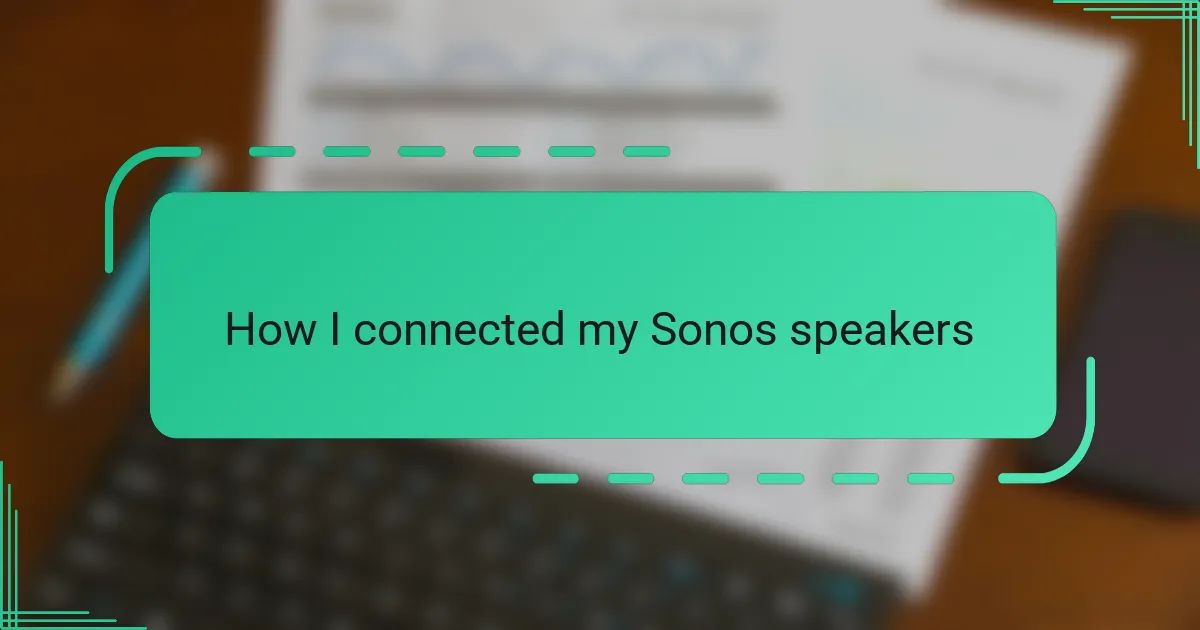Key takeaways
- The DJI Mini drone features a compact design and user-friendly setup, making it ideal for on-the-go photography.
- Camera performance is impressive, delivering 12MP images and 2.7K video, though low-light conditions may present challenges.
- Battery life offers up to 30 minutes per charge, and carrying a spare battery can enhance the flying experience significantly.
- The drone’s stability and customizable controls provide a smooth flying experience, boosting confidence for beginners.
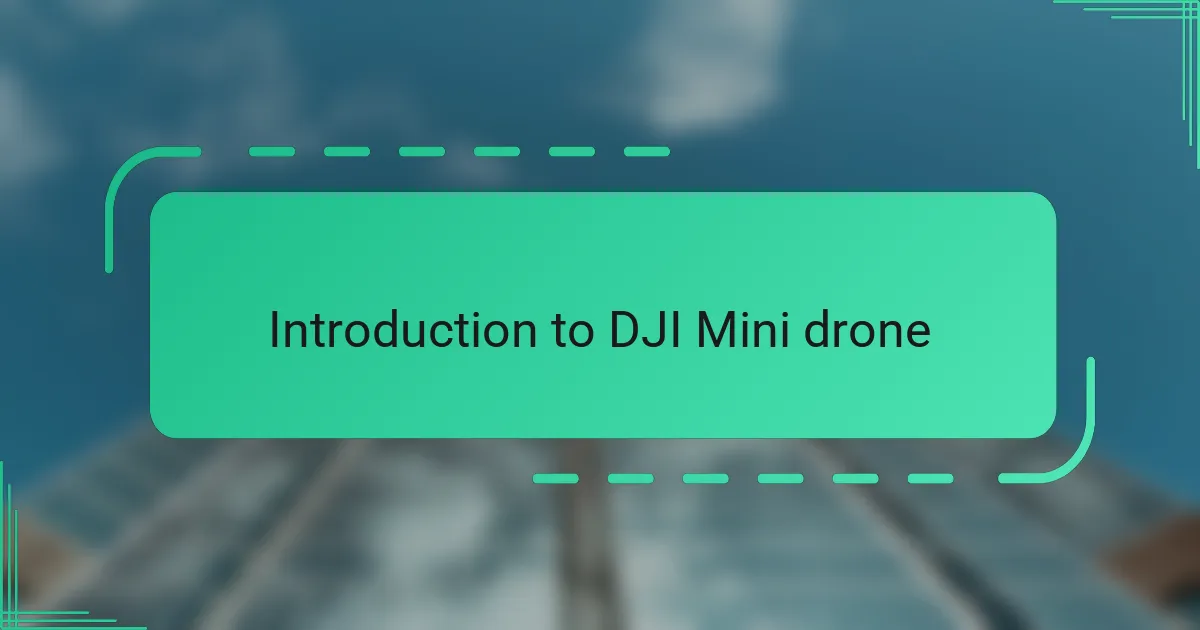
Introduction to DJI Mini drone
The DJI Mini drone instantly caught my attention with its sleek design and lightweight build. Holding it in my hands for the first time, I was surprised by how compact and portable it felt—perfect for someone like me who loves capturing moments on the go. Have you ever wished for a powerful camera that fits right into your backpack without weighing you down?
Its user-friendly interface made me feel confident even before taking off. I remember thinking, “Can something so small really offer professional-level performance?” Spoiler alert: it did. The blend of advanced technology and simplicity is what sets the DJI Mini apart in the crowded drone market.
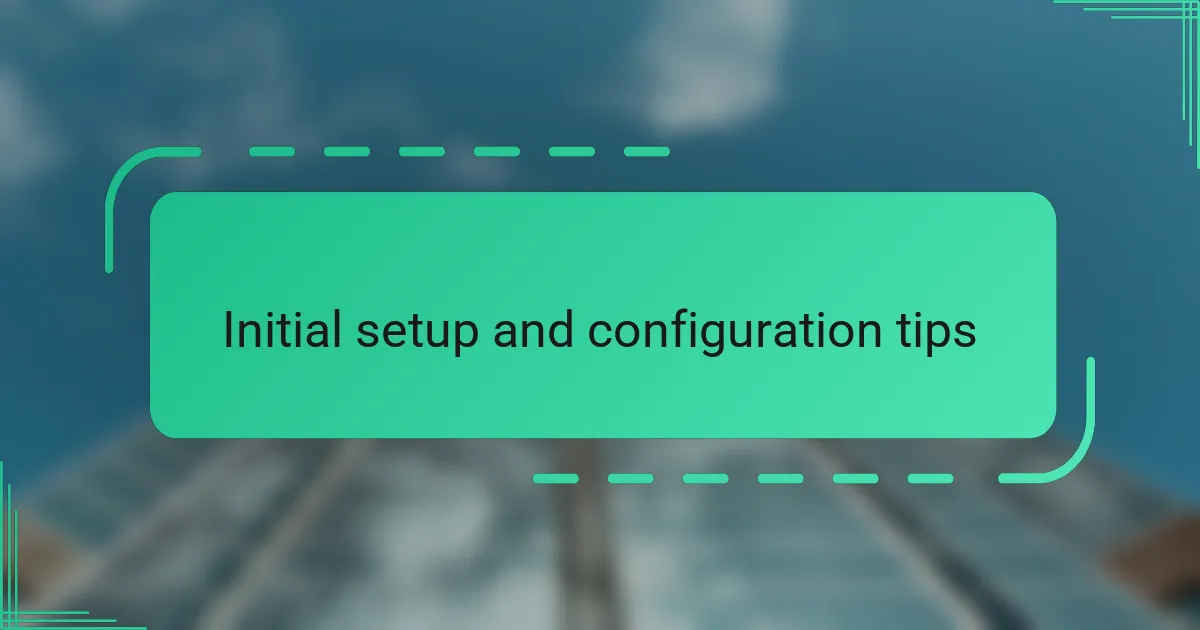
Initial setup and configuration tips
Setting up the DJI Mini was surprisingly smooth, but I quickly realized how important it is to follow each step carefully. For instance, calibrating the compass right away saved me from potential flight issues later on – have you ever experienced that frustrating feeling of a drone refusing to take off because of a simple setup miss? Taking my time with the initial configuration definitely paid off.
Another tip that made a big difference for me was connecting the drone to the DJI Fly app before heading outside. This allowed me to download any available firmware updates and familiarize myself with the controls in a stress-free environment. Honestly, seeing those updates improve the drone’s performance gave me a little confidence boost before my first flight.
One thing I didn’t expect was how adjusting camera settings early on could impact my footage quality. Playing around with exposure and resolution settings in the app helped me understand the drone’s capabilities better. Have you played with these settings yet? Trust me, a few tweaks can turn your aerial shots from good to breathtaking.
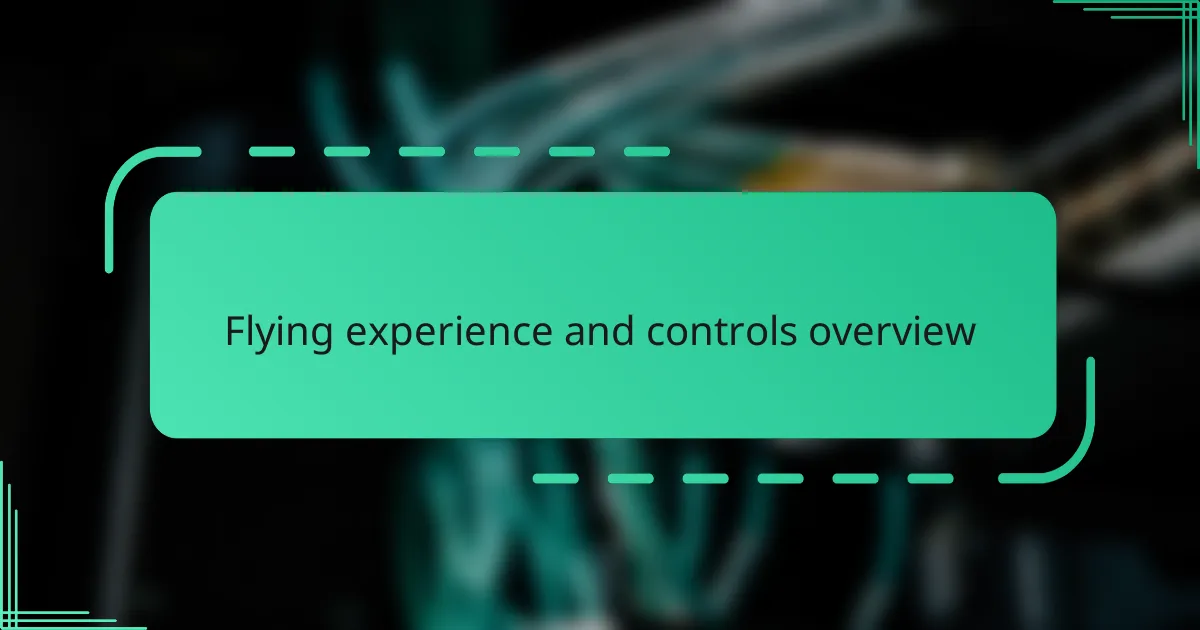
Flying experience and controls overview
Flying the DJI Mini felt surprisingly intuitive right from the start. The controls responded smoothly, and I appreciated how the joystick sensitivity could be adjusted to match my comfort level—have you ever struggled with overly twitchy drone controls? For me, this customization made a huge difference in gaining confidence during those first tentative flights.
One thing that stood out was how stable the drone remained even in slight breezes. It wasn’t jerky or hard to manage; instead, it almost felt like the drone was cooperating with me, not fighting against me. This kind of stability made capturing steady, cinematic shots much less stressful than I expected.
Navigating through the DJI Fly app’s control settings also felt like having a personal co-pilot. I could switch between normal and sport mode seamlessly, which added a fun thrill once I got more comfortable. If you enjoy a bit of adventure, that burst of speed can make flying much more exciting, but it still felt safe in my hands throughout.
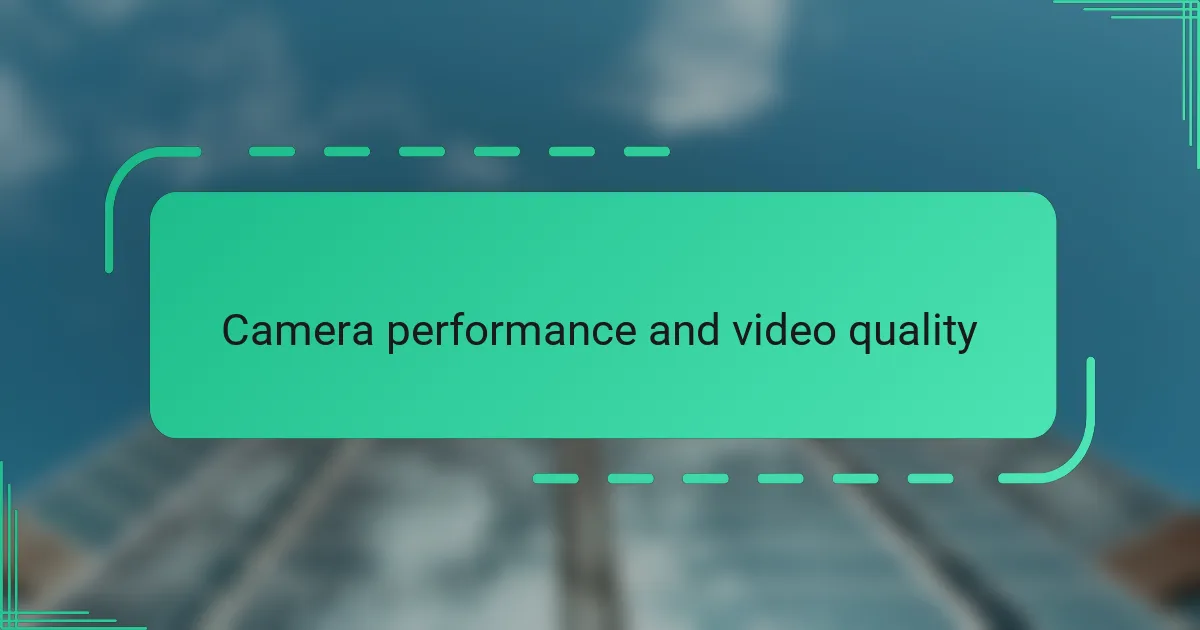
Camera performance and video quality
When I first saw the footage captured by the DJI Mini’s camera, I was genuinely impressed. The 12MP sensor delivered sharp, clear images that held up well even when zoomed in on my laptop screen. Have you ever been pleasantly surprised by a device that outperforms your expectations right out of the box? That was exactly how I felt watching those first clips.
Recording video felt equally satisfying. The drone shoots in crisp 2.7K resolution, which for me struck the perfect balance between quality and file size. The colors looked vibrant without feeling oversaturated, and the stabilization technology kept the footage buttery smooth—even during those windy days when I expected some shaky shots. It’s like the Mini was compensating for my newbie flying skills!
That said, I noticed that low-light performance wasn’t its strongest suit, which is understandable given the compact size of the sensor. Capturing twilight scenes required a bit more patience and steady hands, otherwise noise sometimes crept into the video. But honestly, with most daylight shots, the camera consistently nailed the visuals and made me excited to experiment with new angles. Have you ever found yourself shooting something that looked better than you imagined, simply because the gear worked so well? This drone definitely gave me that feeling.
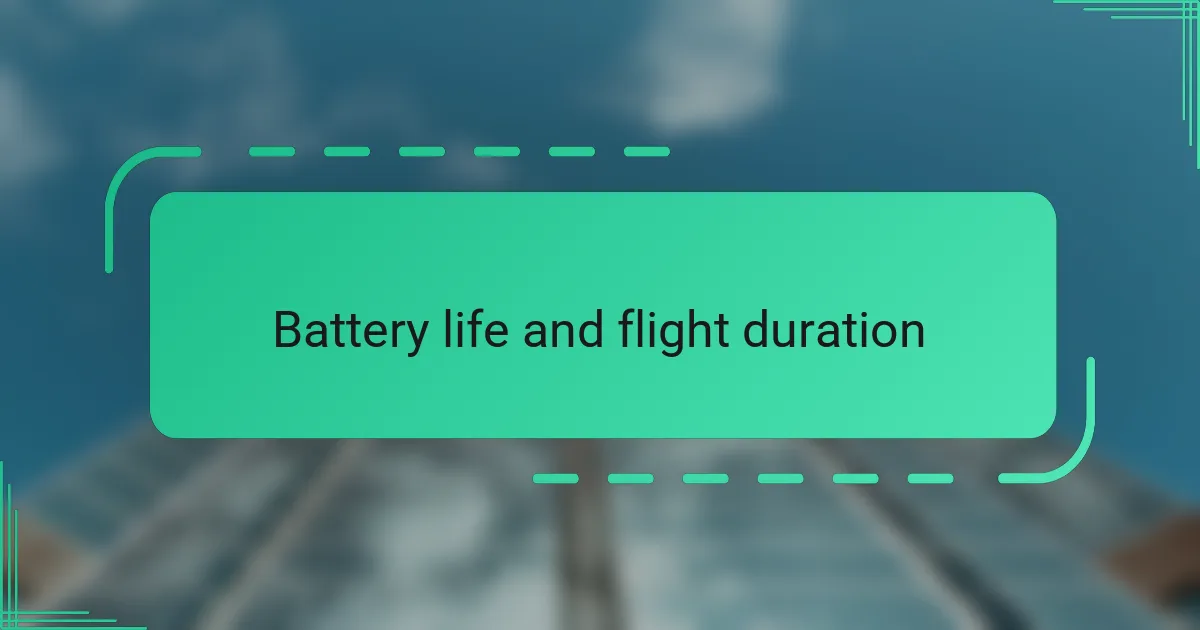
Battery life and flight duration
Battery life on the DJI Mini impressed me right away—it gave me a solid 30 minutes of flight time per charge. At first, I wondered if that was enough to capture all the shots I wanted, but it actually felt like a great balance between portability and performance. Have you ever been on a drone flight where the battery died just as you found the perfect angle? With the Mini, that anxiety was significantly reduced.
One thing I quickly learned is to always carry a spare battery if you plan to fly longer. Swapping batteries is straightforward, and having that extra juice gave me peace of mind during my weekend outings. Plus, knowing I could extend my flight time without rushing made the whole experience much more enjoyable—I wasn’t constantly watching the battery percentage like a hawk.
I also noticed that factors like wind and how aggressively I flew affected battery duration more than I expected. Flying in sport mode or battling gusts seemed to drain the battery faster, which makes sense but was a new lesson for me. Have you ever pushed your drone hard and then realized you should’ve saved some power? It’s a reminder that smart flying isn’t just about skill—it’s about managing your resources well too.
